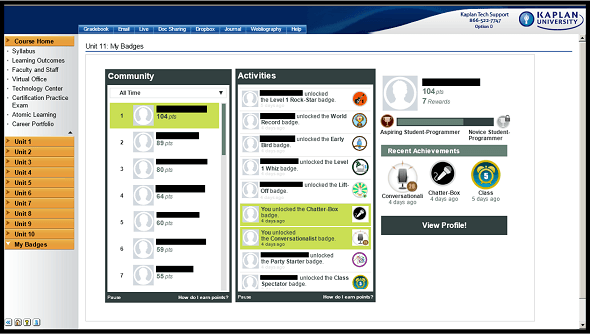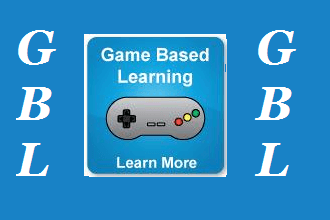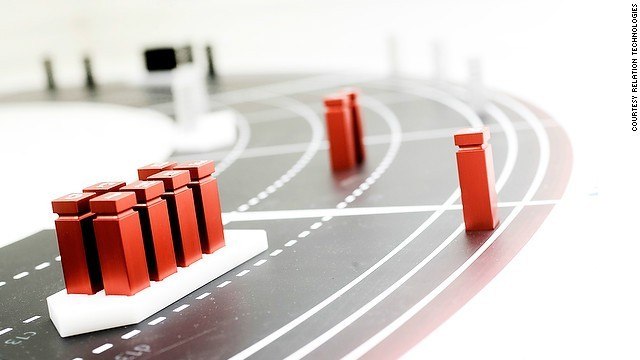Search for...
#Gamification Bookmarks
Published Bookmarks
 Game Elements for Learning
Game Elements for Learning
Well, all good things must come to an end and the same can be said of my micro-MOOC #GE4L. Although, while it might be the end of the MOOC, my journey into the world of Gamification has only just begun. As I said in my last post, I’m keen to start applying what I’ve been reading and learning about in this course and I intend to do this in the near future.
 Sharon Boller's Learning Game Design Series, Part 4: Game Elements
Sharon Boller's Learning Game Design Series, Part 4: Game Elements
Every game has “elements” or features that keep people engaged. Some games have a lot; others have very few. The choice of what to include should be deliberate. With learning games, you should consider how each element supports the learning process.
 Kaplan’s Gamification System Shows 155% More Student Engagement
Kaplan’s Gamification System Shows 155% More Student Engagement
"Students rewarded by badges are spending up to 155 percent more time actively engaged within the classroom than their counterparts in the non-gamified classroom. Students in the gamified classroom are willingly attempting challenge assignments to earn additional badges and move up the leaderboard”
 Learning Game Design Series, Part 3: Game Mechanics
Learning Game Design Series, Part 3: Game Mechanics
A game’s mechanics are the rules and procedures that guide the player and the game response to the player’s moves or actions. Through the mechanics you create, you define how the game is going to work for the people who play it.
 8 Great Resources About Game Based Learning
8 Great Resources About Game Based Learning
Game-based learning has received increased attention as a way to motivate students and engage them with the material. Have a look at these blogs and resources.
 Top 5 benefits of open badges for corporates
Top 5 benefits of open badges for corporates
I've been blogging a lot about open badges lately. That really means I've been thinking a lot about open badges lately, as I use my blog as a sense-making platform.
 Play to win: Work games can give a career power-up
Play to win: Work games can give a career power-up
Some employers are discovering the value of games for improving employee performance.
Does It Catch Mice?: Combine PBL and GBL. The software (and learning) we need.
In this post, I state that design in GBL is falling short because it is not combining the best elements of PBL and classroom best practices. Largely, we are creating fun ways to help students with rote content and not placing them in a serious, inter-dependent environment utilizing content.
Open Badges for Lifelong Learning
White paper on badges, what they are, and how they can be used to promote and demonstrate lifelong learning.
 Interview With Karl Kapp on Games and Learning
Interview With Karl Kapp on Games and Learning
I recently had the opportunity to interview Karl Kapp and Sharon Boller about their backgrounds in learning game design, the reasons behind their passion for games and the research and evidence they find most essential to proving why games link to learning.
Submit Bookmark




